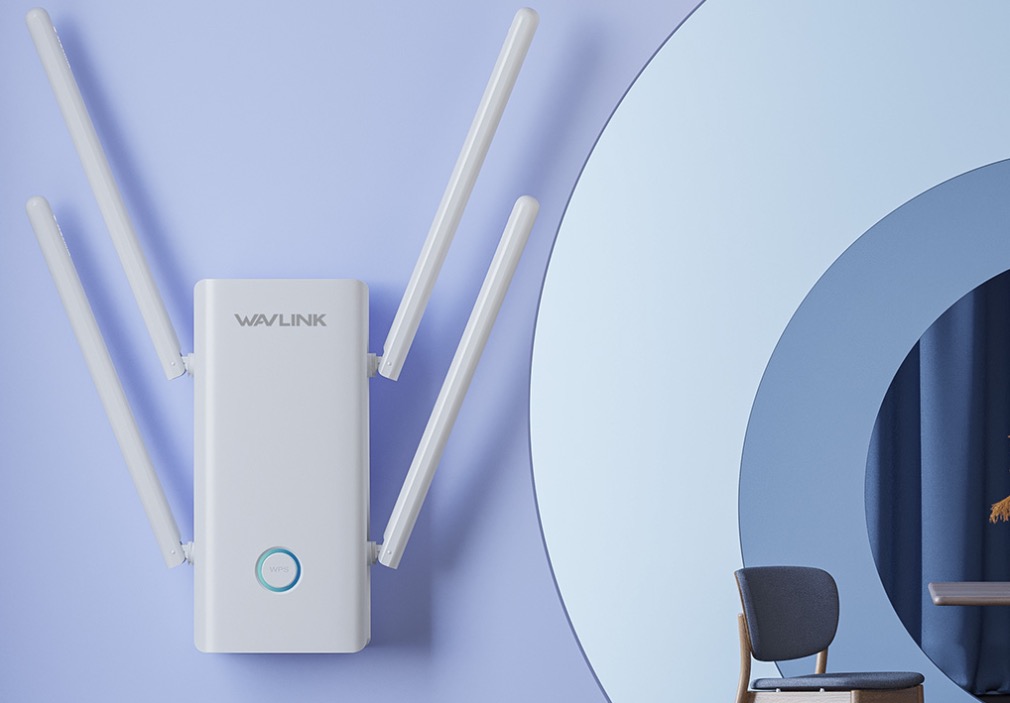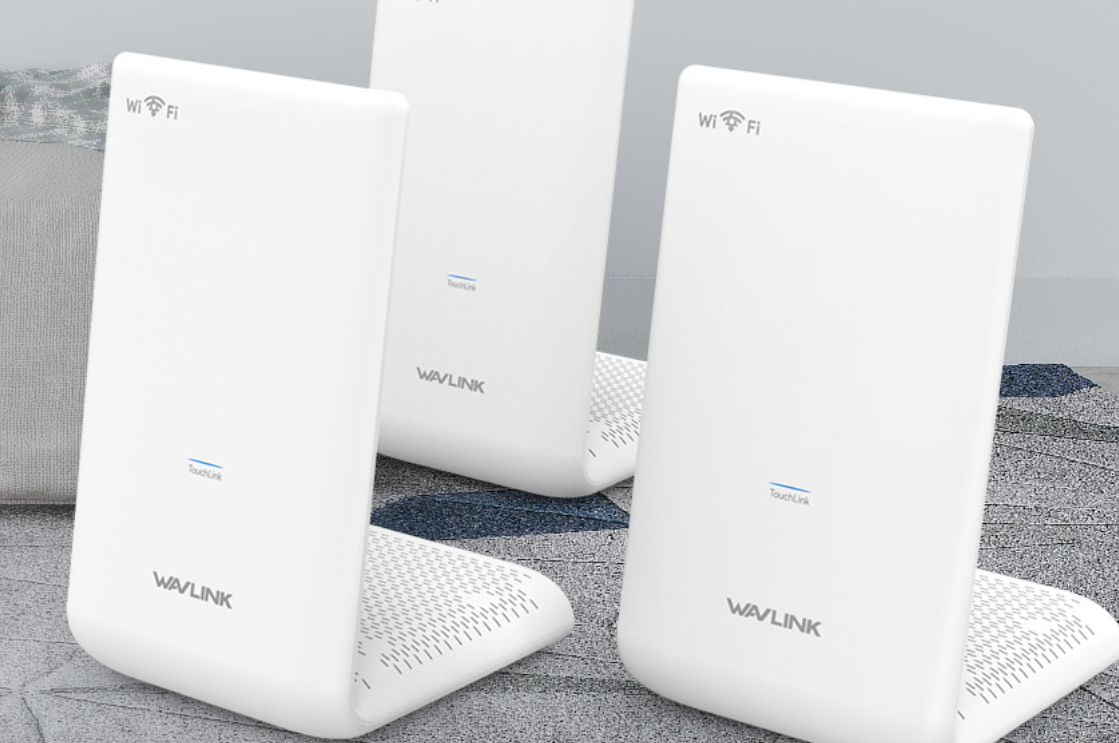Are you tired of experiencing slow or weak Wi-Fi signal at home? Don't worry, we've got you covered! In this article, we will introduce you to the top 10 signal boosters that can significantly enhance your home Wi-Fi signal and provide you with uninterrupted internet connection.
With technology advancing rapidly, relying on a single Wi-Fi router might not be enough to cover your entire home. That's where Wi-Fi signal boosters come in. These powerful devices can amplify your Wi-Fi signal, extend the coverage area, and improve the overall performance of your network.
Whether you have dead zones in certain areas of your house or you simply need a stronger signal for smooth streaming and gaming, our top 10 signal boosters have got you covered. From well-known brands to budget-friendly options, we have carefully curated a list that caters to every need and budget.
Now you can enjoy seamless browsing, faster downloads, and lag-free online activities in every corner of your home. Say goodbye to Wi-Fi dead spots and hello to a boosted home Wi-Fi signal. Get ready to experience the power of a strong and reliable internet connection with these top 10 signal boosters.
In today's digital age, having a strong Wi-Fi signal at home is essential. From working remotely and online learning to entertainment and smart home devices, we rely on a stable internet connection for various activities. A weak Wi-Fi signal can be incredibly frustrating, leading to slow internet speeds, buffering videos, and dropped connections.
A strong Wi-Fi signal ensures fast and reliable internet access throughout your home, allowing you to stream HD videos, play online games, and connect multiple devices simultaneously without any interruptions. It enhances productivity, improves online gaming experiences, and enables smooth video conferencing.
However, various factors can affect your Wi-Fi signal strength, resulting in dead zones or weak connections in certain areas of your house. Thick walls, interference from other electronic devices, and the distance between your router and devices can all contribute to a weakened signal. Fortunately, Wi-Fi signal boosters can help overcome these challenges and provide the coverage and performance you need.
Wi-Fi signal boosters, also known as range extenders or repeaters, work by capturing the existing Wi-Fi signal from your router, amplifying it, and rebroadcasting it to reach areas with poor signal strength. They act as intermediaries between your router and your devices, extending the coverage area and improving signal quality.
These devices typically come in two parts: the receiver and the transmitter. The receiver is placed near the router, where it picks up the Wi-Fi signal. It then transmits the signal to the transmitter, which is placed in the area where you want to improve the signal. The transmitter rebroadcasts the amplified signal, effectively increasing the coverage area and ensuring a stronger signal reaches your devices.
Wi-Fi signal boosters can significantly enhance your Wi-Fi signal strength and extend the range of your network. They are especially useful in larger homes or buildings with multiple floors, where a single router may not provide sufficient coverage. By strategically placing signal boosters throughout your home, you can eliminate dead zones and enjoy a strong, reliable Wi-Fi signal in every room.
Before diving into the top 10 signal boosters, it's important to understand the factors that can affect your Wi-Fi signal strength. By addressing these factors, you can optimize your Wi-Fi network and improve overall performance.
- Distance from the Router: The farther you are from your router, the weaker the Wi-Fi signal becomes. Thick walls and obstacles can further weaken the signal. Placing your router in a central location and minimizing obstructions can help improve signal strength.
- Interference: Other electronic devices, such as cordless phones, microwaves, and baby monitors, can interfere with your Wi-Fi signal. Additionally, neighboring Wi-Fi networks operating on the same channel can cause interference. Switching to less congested Wi-Fi channels and keeping devices away from your router can minimize interference.
- Router Placement: The placement of your router plays a crucial role in signal strength. Avoid placing it in enclosed spaces or near metal objects that can block or reflect the signal. Elevating the router and positioning its antennas properly can help optimize signal coverage.
- Router Specifications: The capabilities of your router can impact signal strength. Older routers with slower speeds and limited range may not provide the coverage you need. Upgrading to a modern router with faster speeds and better range can significantly improve your Wi-Fi signal.
By addressing these factors and implementing the right signal booster, you can ensure a strong and reliable Wi-Fi signal throughout your home.
When it comes to choosing the right signal booster for your home Wi-Fi network, it's important to consider various factors such as features, range, and compatibility. Let's take a closer look at each of these aspects to help you make an informed decision.
Features: Signal boosters come with a range of features that can enhance your Wi-Fi signal. Some boosters offer dual-band functionality, which means they can operate on both 2.4 GHz and 5 GHz frequency bands, providing faster speeds and better performance. Others may have built-in antennas or beamforming technology to focus the Wi-Fi signal towards your devices, resulting in stronger and more reliable connections.
Range: The range of a signal booster determines how far it can extend your Wi-Fi coverage. It's important to choose a booster that can cover the entire area you want to enhance. Consider factors such as the size of your home, the number of walls or obstacles the signal needs to penetrate, and the distance between your router and the dead zones. Look for signal boosters with a range that matches your specific needs.
Compatibility: Before purchasing a signal booster, ensure that it is compatible with your existing Wi-Fi router. Most boosters are designed to work with any standard router, but it's always a good idea to check the compatibility requirements mentioned by the manufacturer. This will ensure seamless integration and optimal performance.
Now that you have a better understanding of the key factors to consider, let's move on to some tips for optimizing your home Wi-Fi network.
Even with the best signal booster, there are a few additional steps you can take to optimize your home Wi-Fi network and maximize its performance. Here are some tips to help you get the most out of your boosted signal:
- Placement: Position your Wi-Fi router and signal booster strategically to minimize obstructions and maximize coverage. Place them in central locations, away from walls and other electronic devices that may interfere with the signal.
- Channel Selection: Wi-Fi routers operate on different channels. If you live in an area with multiple Wi-Fi networks, interference can occur. Use a Wi-Fi analyzer tool to identify the least congested channel and configure your router to use that channel.
- Firmware Updates: Keep your Wi-Fi router's firmware up to date. Manufacturers often release firmware updates that improve performance, security, and compatibility. Check for updates regularly and install them as necessary.
- Password Protection: Secure your Wi-Fi network with a strong password to prevent unauthorized access. This will not only protect your personal information but also ensure that your signal is not being used by others, which can slow down your connection.
- Reduce Interference: Electrical devices such as cordless phones, baby monitors, and microwave ovens can interfere with your Wi-Fi signal. Keep these devices away from your router and signal booster to minimize interference.
Implementing these tips alongside a signal booster can greatly enhance your home Wi-Fi network. However, it's important to be aware of common troubleshooting issues that may arise with signal boosters.
While signal boosters are designed to enhance your Wi-Fi signal, they can sometimes encounter issues that affect their performance. Here are some common troubleshooting issues you may encounter and how to address them:
1. Slow Speeds: If you're experiencing slow speeds even with a signal booster, check your internet plan to ensure it supports the speeds you expect. Additionally, verify that your devices are connected to the booster's network and not the original Wi-Fi network. Restarting the booster and router may also help resolve speed issues.
2. Connectivity Problems: If you're having trouble connecting to the booster's network, ensure that you're within range and that the booster is properly set up. Double-check the password and network name (SSID) to ensure they match. Restarting the booster and reconfiguring the settings can also help resolve connectivity problems.
3. Interference: Sometimes, nearby electronic devices or competing Wi-Fi networks can interfere with your signal booster's performance. Try changing the channel on your Wi-Fi router and booster to minimize interference. Moving the booster to a different location might also help.
4. Incompatibility: If you're experiencing persistent issues, it's possible that your signal booster is not compatible with your router or devices. Check the compatibility requirements mentioned by the manufacturer and consider reaching out to their customer support for assistance.
By being aware of these troubleshooting issues and following the recommended steps, you can ensure that your signal booster functions optimally and delivers the desired results. Now, let's explore the difference between Wi-Fi signal boosters and Wi-Fi extenders.
The terms "Wi-Fi signal boosters" and "Wi-Fi extenders" are often used interchangeably, but they are not the same. Understanding the difference between these two devices can help you choose the right one for your specific needs. Let's break it down:
Wi-Fi Signal Boosters: A Wi-Fi signal booster works by amplifying the existing Wi-Fi signal from your router, making it stronger and extending its coverage area. It does this without creating a separate network, so you connect to the same network name (SSID) as your router. Signal boosters are ideal for homes with weak signals or dead zones, as they enhance the signal's strength and reach.
Wi-Fi Extenders: On the other hand, a Wi-Fi extender creates a new network by connecting to your existing Wi-Fi network and rebroadcasting the signal. This means you will see a separate network name (SSID) when connecting to the extender. Wi-Fi extenders are best suited for situations where you need to extend your Wi-Fi coverage to a different area, such as an outdoor patio or a detached garage.
Both signal boosters and extenders serve the purpose of enhancing your Wi-Fi signal, but they differ in terms of how they achieve this. Consider your specific requirements and the layout of your home to determine whether a signal booster or extender is more suitable for you.
In conclusion, a weak or unreliable Wi-Fi signal at home can be frustrating and hinder your online activities. However, with the right signal booster, you can significantly enhance your Wi-Fi signal, eliminate dead zones, and enjoy a strong and reliable internet connection throughout your home.
We have explored the top 10 signal boosters that cater to various needs and budgets. Remember to consider the features, range, and compatibility when choosing a signal booster. Additionally, optimize your home Wi-Fi network by following the provided tips and troubleshooting common issues that may arise.
Lastly, understand the difference between Wi-Fi signal boosters and Wi-Fi extenders to make an informed decision based on your specific requirements.
Now, it's time to boost your home Wi-Fi signal and experience the power of a strong and reliable internet connection. Say goodbye to slow speeds and hello to seamless browsing, faster downloads, and lag-free online activities in every corner of your home!
































